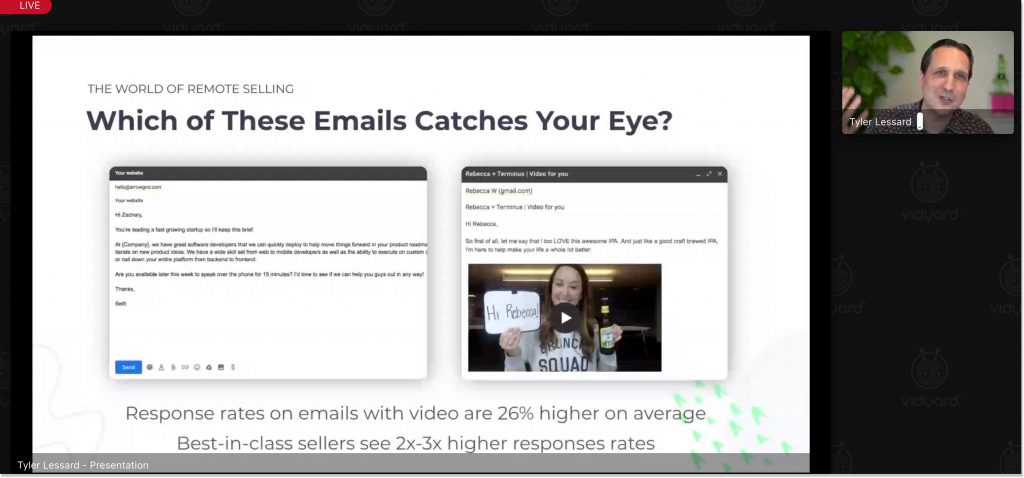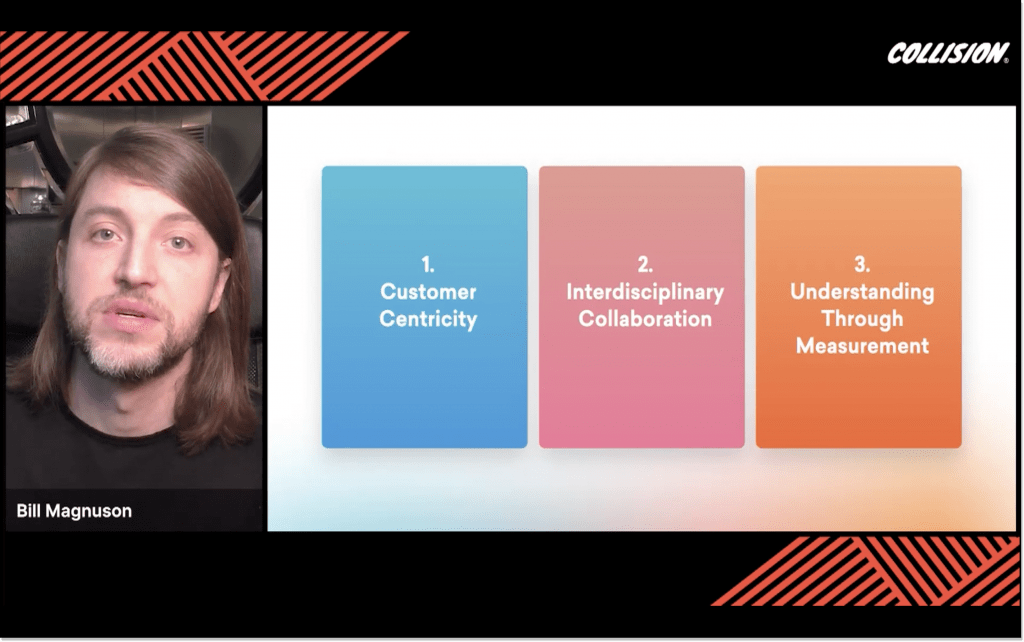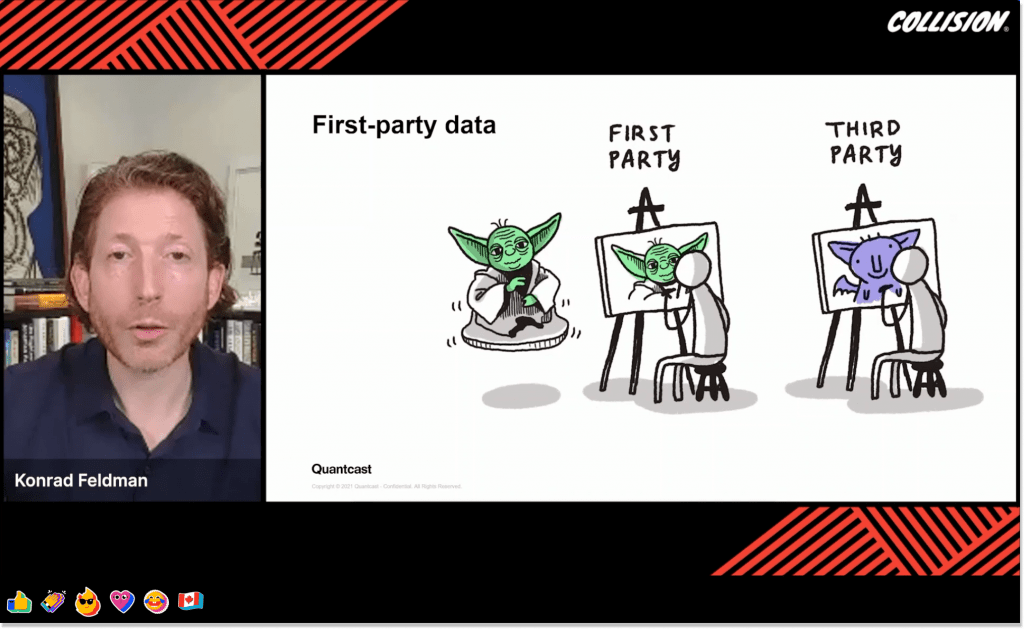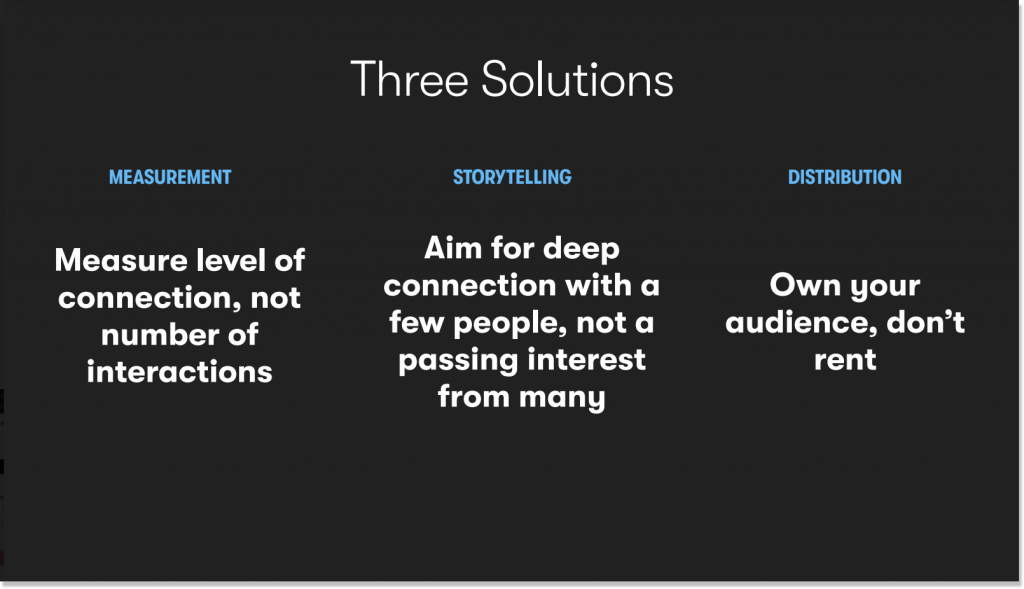Online events are gaining momentum now like never before. HelpCrunch couldn’t miss out on the opportunity to attend one, too. April 20-22, 2021, our marketing team was keeping a close eye on Collision – the biggest annual tech conference in North America run by Web Summit with the main scene in Toronto, Canada.
By tradition, the meetup brought together progressive innovators, ground-breaking startups, and world-known speakers. Among the topics on the table, there were technology, marketing, Covid-19, entertainment, academic, and environmental agendas.
To keep you in the loop, we prepared a digest with reports that struck a chord with us the most and revolved around one concept: customer centricity. Well, the philosophy of HelpCrunch is “Think customer. Give value. Be the best” after all. Choosing the presentations was a tough choice, though, as each was a blast!
Key insights from Collision 2021
1. The benefits of using videos for your support and sales in the new reality (by Tyler Lessard from Vidyard)
How to jazz up your email sales and support pitches in a not-so-trivial way? Add a video clip to your message. This is what the VP of Marketing from Vidyard Tyler Lessard explained at Collision. The HelpCrunch team couldn’t be more blown away by this speech 👍
Videos turn out to be a handy tool when it comes to drawing people’s attention. Especially in sales. Along with a professionally done presentation, there was also some impressive data, such as “response rates with a video are 26% higher on average“. This is some food for thought.

“It’s harder than ever for salespeople to stand out and earn attention in today’s noisy digital world! Emails are being ignored, phone calls are going to voicemail, and prospects can smell a social media sales pitch a mile away” – Tyler says. We’re totally on the same page here.
The benefits of using personalized videos when doing a sales outreach might be clear. They serve as eye-catchers and are something new.
“Personalized video messages offer an amazing new way to stand out from the crowd, to deliver your message in a more thoughtful way, and to enable your prospects to get to know you before they ever commit to a meeting. It’s a proven way to boost engagement, increase response rates, and build more personal relationships from the very start.”
I mean, how cool is that? If I got such an email, I would proceed with a conversation and, probably, the deal would be sealed.
Tyler also shared his thoughts about three best practices for improving your video sales pitches routine and rock it in the next normal:
1. Be mindful of the good old acronym KISS: Keep It Short, Seller! Aim for 45-60 seconds and use that time to quickly introduce yourself, pique their interest by describing a challenge or opportunity that may be of interest, and close out with your call-to-action.
2. Consider getting creative with how to use a webcam recording or a screen recording to hyper-personalize your message with something visual your prospect will recognize. Write their name on a small whiteboard, or bring up their LinkedIn profile or website on your screen! Use one of those visuals as your thumbnail image to make it irresistible for them to click and watch.
3. Use a purpose-built video selling tool to make this process simple and effective. Tools like Vidyard make it a snap to record a video and send it to a prospect via email – no editing or uploading required! It will even notify you when someone watches your video so you can strike while your brand is top of mind.
2. How to keep up with your customers (by Bill Magnuson from Braze)
The past year has been hard on both customers and businesses. Braze CEO Bill Magnuson talked about the Covid-19 impact on brands and consumers’ attitudes worldwide.
The next normal has had a tremendous imprint on many areas, such as pet adoption and care, food delivery, travel, and the clothes industry. “Last month saw a 750% jump in searches for the phrase ‘fully vaccinated travel’. A powerful indicator that everyone is craving for a vacation”. Our upcoming reality is that we have to adapt ourselves to it, whether we like it or not.
Bill expressed one compelling thought: “with momentum halted, consumers have an opportunity to rethink everything. What change will it bring? What risks do those changes entail? And where are the opportunities on the other side of those risks?” From my perspective, this is the golden hour. Business owners should snatch this opportunity, be brave, and hence adjust their strategies.
As individuals change, so do the businesses…What do you need to do to navigate through the risks to get to the opportunities? Your customer’s changing behavior around your brand will point the way.
— Bill Magnuson, Braze
Braze contemplated numerous organizations of all sizes and recommend focusing on these three areas:
- Customer centricity. “Even some of the world’s most famous brands have been forced to rethink the nature of customer relationships in the last 12 months.”
- Collaboration. Find your success in silos.
- Understanding through measurement. Think of what to measure to build good customer relations and loyalty.

Today, everything is about personalization. And so as Bill said, we need to try to “create more personalized, contextually relevant experiences with your customers”.
3. Understanding the quality of your data (by Konrad Feldman from Quantcast)
Within his report “Rallying Cry for the Open Internet“, Konrad Feldman, the CEO of Quantcast, shared the thoughts on the importance of gathering proven data.
The fair share of programmatic ads is based on the so-called “third-party data“. It’s sold by data brokers and bought by brands to support their campaigns. This data is gathered and processed by someone other than yourself. And the truth is it isn’t always reliable. “It’s often old and inconsistent. Increasing privacy legislation and browser actions will only exacerbate these problems“.
That’s why you need a strategy for gathering your “first-party data – data that is directly collected by your organization and subsequently used by you for measurement and decision-making as always being superior to third-party data” – from secure sources. Why? It’s fresher and more precise. Useful information, especially in the data-driven world we live in.

4. How to build a sales process around your product (by Kris Hartvigsen from DoolyHQ)
What’s changing in the world of sales? The founder of DoolyHQ Kris Hartvigsen delivered the presentation about product-led sales and their difference from regular sales. Here is a quick rundown to place you in the story.
In the regular sales funnel “users are rarely engaged until post-purchase leading to adoption challenges and bad data“. Whereas the product-led sales process implies a certain level of “virality from users” and it leads a customer to a more meaningful experience from dealing with the brand. The way to achieve this is by getting new users from point A (signing for a product) to point B (enjoying the quality of your product).
The world has “entered a new end-user era, and it’s here to stay“. According to Kris, the secret to selling more effectively is to “identify end-user pains and transform them to your business pains“. Such an approach will help you adjust the strategy on the fly and bring maximum to your customers.
5. Building meaningful relationships with your customers in the new era (by Chris Meador from Wistia)
“Advertising is no Longer Enough” – the name of the presentation held by Chris Meador from Wistia. In the world of exacting users, building long-term and real customer relations might be quite a tough job. But everything is easier than you think.
As Chris put it, “relationships now have to be built and maintained entirely virtually, through digital channels“. Nowadays, you have a window of opportunity to be active, attract new leads, and promote your product online via social media, YouTube, and Google Ads. Wistia has already “put a primary focus on digital advertising: eMarketer predicts a 25.6% increase in digital spend in 2021“.
There are solutions that help you develop strong connections with the target audience via advertising:
- Measurement. Use metrics to gauge the “depth of connections“.
- Long-from storytelling. Focus on just a few users to keep your story compelling and up-to-the-point.
- Distribution. Take advantage of email marketing to distribute your content for the brand’s fans effectively.

6. The future of marketing (by Deena Bahri from StockX and Brian Collins from COLLINS)
Our team can’t but highlight the report on the future of marketing delivered by Deena Bahri with StockX and Brian Collins from COLLINS.
We’re about to experience a self-service increase, the rise of marketing influencers, and smart devices takeover down the road.
If you’re the brand that is in step with the times, then the neutral ground shouldn’t be your motto. You should develop your own “social stance” today in order not to sit on the sidelines when it comes to the issues of consumers. Make sure you guide your company to identify these issues and truly commit to them.
7. The future of AI (by Arm)
Are you ready for an actual jaw-dropper? Semiconductor technology company Arm had an ultimate success at Collision. Young entrepreneurs (when I say “young“, I mean 13- and 17-year-old guys) and the company’s ambassadors held the lecture dedicated to the future of AI and computing 🙀
As programmer Josh claimed, “AI is becoming more accessible; you can take a picture of someone and make them say something they didn’t say. We need to pay more attention …”.
Young Samaira said, “our thinking can be inspired and influenced by the next generation, who will be living in an age where AI will be a pervasive technology”.
“I’d really like to see more inclusive AI – not just more ethical, but also more equitable – especially given the inequities that have been revealed by the pandemic in the last year.” – Emma declared. Trust me, the live chat burst with applause during this report.
8. The importance of building an engaged community (by Notion)
We’ve been using Notion for ages now, so not tuning in for their report about creating a vibrant community was not an option.
Ivan Zhao, the CEO, was talking about lessons to follow. First, “it’s OK to leave participation open-ended” meaning that there’s no need to prescribe what your users should do while on your website or signing up for your product. Give them freedom of choice and just walk them along the way.
Second, you shouldn’t try “to own community“. That is, step back and let users help each other, building, therefore, “real bonds“. This way, you build a truly engaged community without selling your line.
Last but not least is going to great lengths to shape a certain club online. For instance, there’s the so-called “Notion People” community involving product champions. Do like they did, post on social media you’re looking for the company’s enthusiasts and people will do the rest. All in all, “community is about humans“.
Ready for Collision 2022?
These three days at the end of April were filled with creativity, inspiration, fresh experiences, and new connections. Speaking of, we had so much fun mingling with the crowd from all across the globe in just 3-minute time 🌏
Massive thanks to the hosts of this international event 😌 HelpCrunch is already waiting for Collision 2022!
Read Also
🏆 Updated chat rating and automatic localization for different channels
Updated chat rating! Configure it for each channel separately and provide more flexibility in customer interaction. Don't miss new opportunities!
👥 Custom Roles: Introducing RBAC for enhanced account access management
Lern about RBAC, our new feature in Team settings that allows you to add new custome roles for you team.

